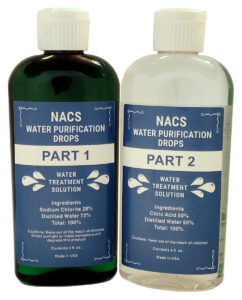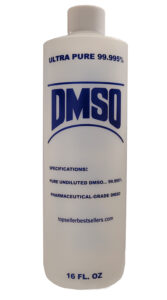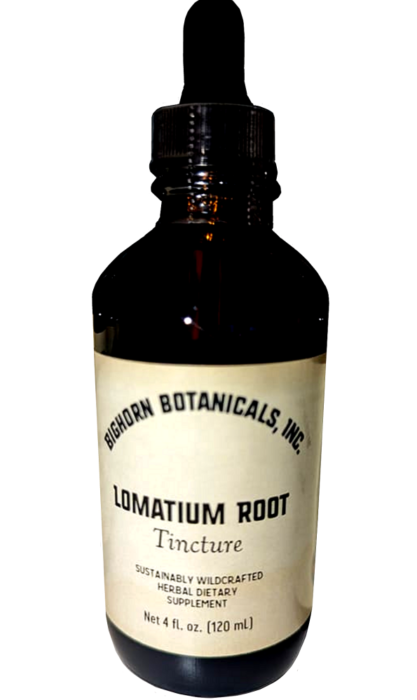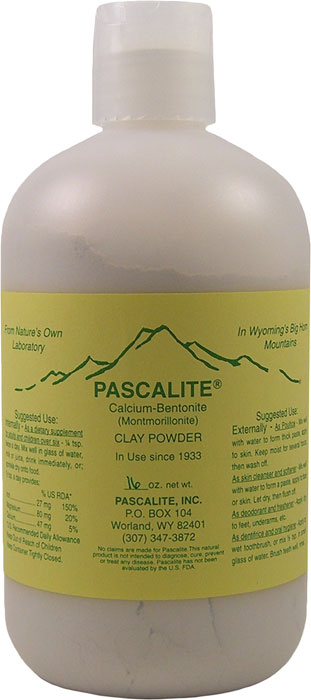Magnesium is an essential mineral that plays a vital role in various bodily functions, including muscle and nerve function, blood glucose control, and bone health. While magnesium can be obtained through a balanced diet or supplements, liquid magnesium applied topically is becoming increasingly popular for its many uses and benefits.

Topical magnesium is a supplement that is often referred to as magnesium oil due to its oily texture and it is applied by rubbing it directly into the skin. The benefits of topical magnesium are numerous and varied.
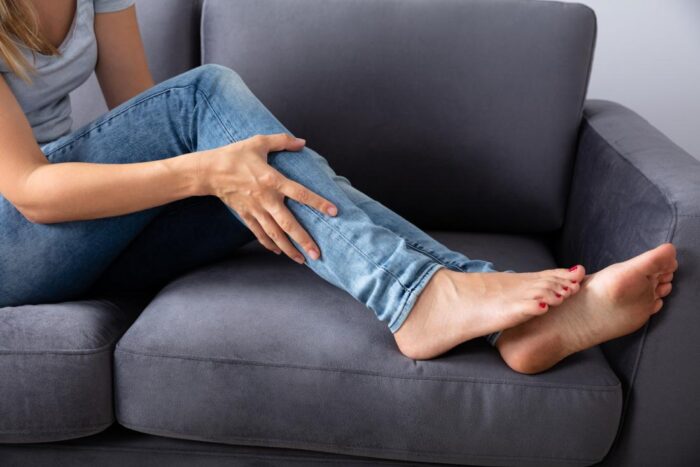
Pain Relief
One of the most well-known benefits of topical magnesium is its ability to relieve pain. Magnesium works by relaxing the muscles and reducing inflammation, which can help to alleviate pain. When applied topically, magnesium can penetrate the skin and enter the muscles directly, providing fast-acting pain relief.
Topical magnesium is often used by athletes and fitness enthusiasts to alleviate muscle soreness and cramps after a workout. It can also be used to ease pain associated with conditions such as arthritis, fibromyalgia, and migraines.

Sleep Apnea and Sleep Disorders
Most sufferers of sleep apnea report gaining the ability to sleep restfully by simply spraying magnesium and rubbing the solution around the feet prior to going to bed, possibly followed by an additional application if the patient wakes in the middle of the night.
It is reported that magnesium calms the nervous symptoms of those suffering from sleep apnea enabling them to increase their quality of life, by being able to have access to restful sleep that was previously elusive..
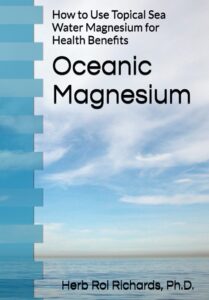
Studies have shown that magnesium supplementation can improve sleep quality and reduce insomnia symptoms in people with sleep disorders. When applied topically, magnesium can penetrate the skin and enter the bloodstream directly, providing fast-acting relaxation and sleep-inducing effects.
Magnesium reduces stress and tension. This helps to promote healthier and deeper sleep by activating brain chemistry that calms and soothes the body.
Magnesium spray is effective in combating insomnia. Topical magnesium quickly and easily passes through the skin, blood, bone, and brain barriers inducing uninterrupted restful night’s slumber.

Stress Reduction
Magnesium is also known to have a calming effect on the body, which can help to reduce stress and anxiety. Studies have shown that magnesium supplementation can reduce stress and anxiety symptoms in people with generalized anxiety disorder.
When applied topically, magnesium can enter the bloodstream directly and provide fast-acting relief from stress and anxiety symptoms.

Antidepressant
Magnesium is a natural antidepressant that reduces anxiety as well. Those suffering from depression and anxiety regularly test with low levels of magnesium as well. Magnesium spray is an effective way of elevating magnesium levels.
There is indication that the magnesium mineral can help to relieve anxiety and stress. Magnesium guards the brain against stress hormones and prevent the release of these depressing hormones to balance healthy brain chemistry, thereby reducing feelings associated with depression.
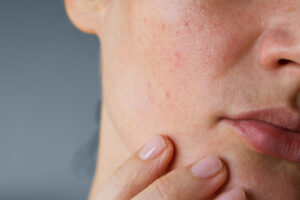
Skin Health
Topical magnesium can also be beneficial for skin health. Magnesium is involved in the regulation of collagen, which is essential for maintaining healthy skin.
Spraying magnesium on your skin is a great way to moisturize without oily or sticky results. It helps rejuvenate skin with proper nutrition and returns a youthful appearance to aging skin. Magnesium is also an effective method of battling skin problems such as acne.
Studies have shown that magnesium supplementation can improve skin hydration and elasticity, reduce the appearance of fine lines and wrinkles, and even help to reduce acne symptoms. When applied topically, magnesium can penetrate the skin and provide these same benefits directly to the skin.

Athletic Performance
Topical magnesium is a popular supplement among athletes and fitness enthusiasts as it can improve athletic performance. Magnesium is involved in the regulation of muscle function and energy metabolism, and deficiency in magnesium can lead to muscle weakness and fatigue.
Studies have shown that magnesium supplementation can improve exercise performance, reduce muscle damage, and even increase muscle strength. When applied topically, magnesium can penetrate the muscles directly and provide these same benefits.
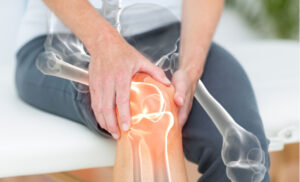
Osteoporosis and Bone Health
Using liquid magnesium via topical application is the best method to treat bones and their connective tissues. High levels of magnesium are found in individuals who have the healthiest bone densities, especially in women who are post-menopausal.
Magnesium is essential for maintaining strong bones, and topical magnesium can help to improve bone health. Magnesium is a regulator of vitamin D and calcium and therefore is essential in the building of strong bones and healthy teeth.
Studies have shown that magnesium supplementation can improve bone density and reduce the risk of osteoporosis in postmenopausal women. When applied topically, magnesium can penetrate the bones directly and provide these same benefits.

Cardiovascular Health
Rubbing magnesium spray into and around the area of the heart is a more effective method of delivering this essential mineral to the heart than oral ingestion of magnesium by other methods. Many cardiovascular patients measure low levels of magnesium, and shockingly, health professionals do not inform low levels of magnesium and potassium which are necessary for the heart to function properly.
A lack of magnesium and potassium often leads to a heart attack. Supplemental topical application of magnesium is generally accepted among professional athletes to achieve optimum performance from muscles. The heart is also a muscle and responds just as well to magnesium supplementation.
Magnesium is one of the few healthful compounds that can be applied topically that can penetrate the protective layers of the skin to be absorbed by underlying tissues, organs, bones, and the bloodstream. It is for this reason that it is said that magnesium liquid magnesium sprayed onto and rubbed into the skin is said to have increased bioavailability due to not being blocked by the digestive system.
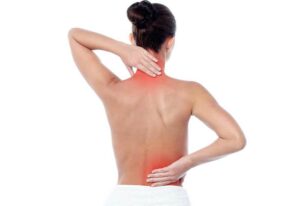
Fibromyalgia
Fibromyalgia patients who participated in a scientific study reported impressive results and relief from the symptoms of their disease from spraying their legs two times per day over a period of four weeks. Specific areas that were most significantly affected were chronic pain, discomfort, and sleep disturbances.
Low magnesium levels increase the severity of most symptoms associated with fibromyalgia. Magnesium regulates and supports healthy nerve function as it nerve function and relieves pain associated with fibromyalgia.

Asthma
Magnesium reduces symptoms of asthma by relaxing muscles and preventing the shrinkage and constriction of airways. To apply simply spray magnesium onto and rub it into the chest, back, and throat to asthmatic symptoms.
Magnesium spray prevents the release of compounds that promote inflammation that can cause symptoms of asthma attacks. Magnesium is often recommended as adjuvant therapy for asthma due to its ability to combat inflammation and bronchodilation.

Constipation
Magnesium spray contains magnesium chloride, which has a beneficial laxative effect. Its osmotic action draws water from other tissues into the gut, promoting peristalsis, the muscular movement of the intestines that aid in the elimination of stools. This added moisture softens dehydrated fecal matter, making it easier to expel.
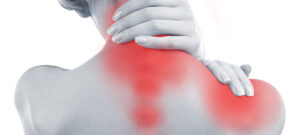
Inflammation
Furthermore, magnesium deficiency is linked to increased inflammation in the body. This deficiency leads to the overproduction of reactive oxygen species and pro-inflammatory compounds, which can cause inflammatory stress and contribute to life-threatening illnesses.
Regular application of magnesium oil can help raise the body’s magnesium levels, which may help to suppress the production of inflammatory compounds.
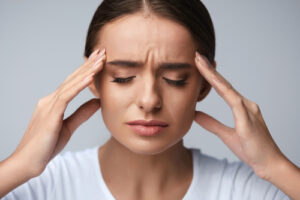
Migraine Headache
Magnesium deficiency has also been associated with recurring migraine attacks. Low levels of magnesium in the brain can lead to hyperactivity in neurotransmitters and brain chemicals, resulting in nerve excitation and headaches. Magnesium plays a role in regulating nerve function, reducing pain intensity and mitigating the frequency of migraine episodes.
You can use the magnesium spray on your shoulders and upper back or can even be applied on the forehead.
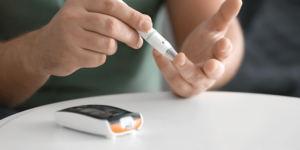
Diabetes
Magnesium chloride is highly absorbable and useful for regulating diabetes. Magnesium deficiency is a risk factor for insulin resistance and diabetes mellitus, and correcting magnesium status can improve insulin sensitivity.
With healthy insulin production, glucose can enter cells and tissues efficiently, preventing the buildup of excess glucose in the bloodstream.

Reduces Hypertension
Magnesium is a natural calcium channel blocker that helps widen arteries and blood vessels, promoting smooth blood flow and reducing hypertension.

Premenstrual Symptoms
Studies have shown that individuals with premenstrual syndrome (PMS) often have compromised magnesium nutritional status, exacerbating their symptoms.
Magnesium helps regulate neuromuscular stimulations, inducing a relaxing effect that can relieve mood swings, anxiety, depression, and insomnia associated with PMS.
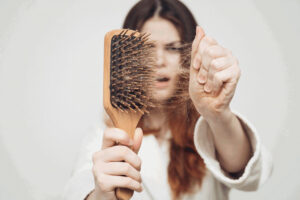
Hair Growth
Topical magnesium applied to the scalp can prevent hair loss, nourish hair, and reduce dandruff. Low levels of magnesium and high levels of calcium can block hair follicles, leading to hair loss. Improving magnesium levels can promote hair growth and improve scalp health.

